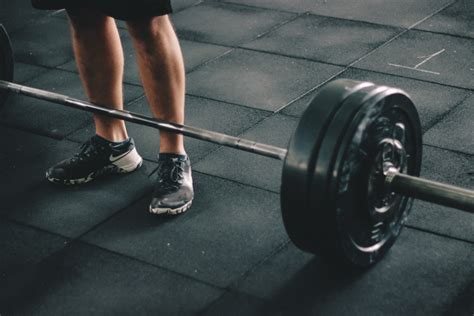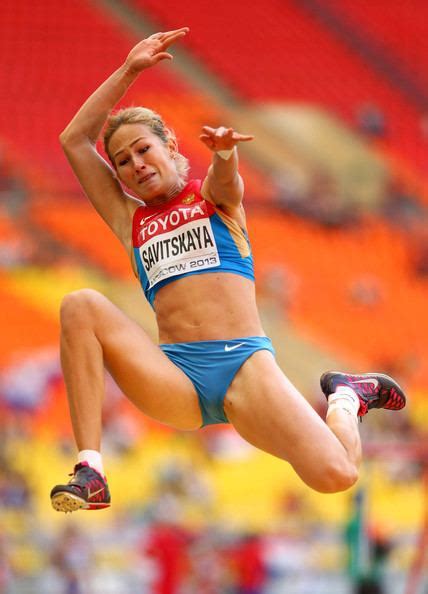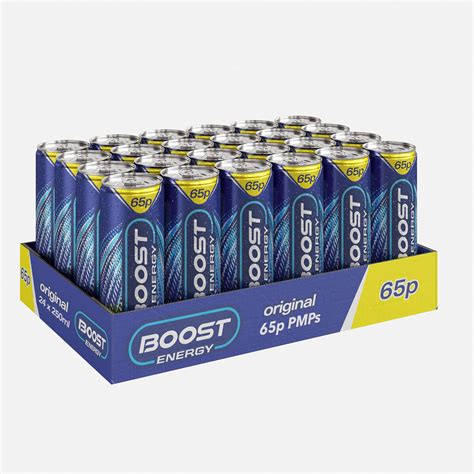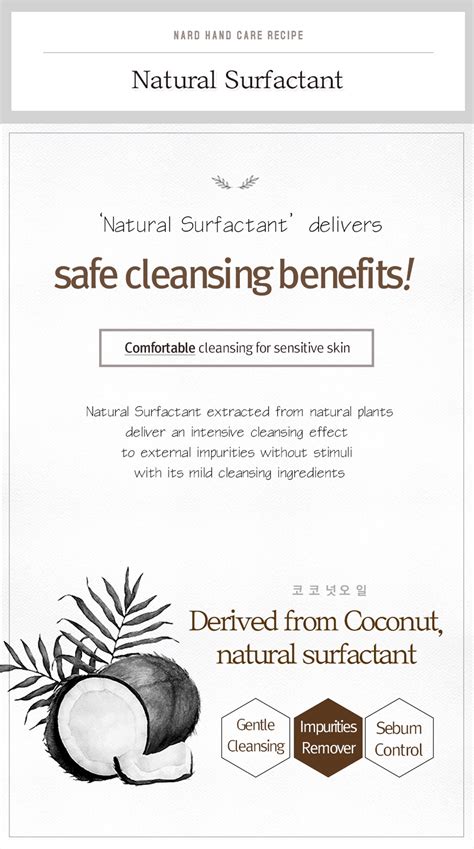What’s the optimal 3-day full-body split for peak strength & recovery?

The Power of the 3-Day Full-Body Split
For those seeking to build serious strength without sacrificing recovery, the 3-day full-body split stands out as a highly effective and time-efficient training methodology. Unlike traditional body part splits that hit each muscle group once a week, a well-designed full-body routine allows for greater frequency, stimulating muscle protein synthesis more often and accelerating adaptation. This approach not only promotes rapid strength gains but also provides sufficient rest periods to optimize recovery, preventing overtraining and fostering sustainable progress.
The beauty of a 3-day full-body split lies in its balance: hitting major muscle groups multiple times per week for strength development, while integrating enough rest to allow for full recuperation and growth. This article will delve into crafting an optimal 3-day full-body program specifically tailored for peak strength and recovery.
Core Principles for Peak Strength and Recovery
To truly maximize strength and recovery within a 3-day full-body framework, several fundamental principles must be rigorously applied:
Progressive Overload is King
No strength program can succeed without consistently increasing the demands on your muscles. This means progressively lifting heavier weights, performing more repetitions with the same weight, or increasing the training volume over time. Without progressive overload, your body has no reason to adapt and get stronger.
Compound Movements First
The foundation of any strength program should be multi-joint compound exercises. Movements like squats, deadlifts, bench presses, overhead presses, and rows engage multiple muscle groups simultaneously, allowing you to lift heavier loads and elicit a greater systemic response for strength and hypertrophy.
Strategic Volume and Intensity
For peak strength, the focus should be on lower rep ranges (e.g., 3-6 reps) with higher intensity (heavier weights). However, a small amount of higher rep work can be beneficial for hypertrophy and work capacity. Volume (total sets and reps) should be carefully managed to provide enough stimulus without impeding recovery, especially when training full-body three times a week.
Prioritize Recovery and Deloads
Recovery is where muscles grow stronger. Adequate sleep, proper nutrition, and strategic deload weeks are non-negotiable. Ignoring recovery will quickly lead to diminishing returns, plateaus, and potential injury.

Designing Your Optimal 3-Day Schedule
A common and highly effective schedule for a 3-day full-body split is training on non-consecutive days, such as Monday, Wednesday, and Friday. This structure provides a full day of rest between each workout, allowing adequate time for muscle repair and nervous system recovery. The weekend then offers two consecutive days for deeper recuperation.
The key is to vary the exercises or emphasis slightly across the three training days to avoid excessive fatigue on any one movement pattern while still providing sufficient stimulus. Each workout should target all major muscle groups, but the specific exercises or rep schemes can differ.

Sample Optimal 3-Day Full-Body Routine
Here’s a template for an optimal 3-day full-body split, designed to maximize strength and recovery. Remember, this is a template; adjust exercises based on your equipment, preferences, and individual needs.
Day 1: Max Strength & Vertical Push/Pull Focus
- Squat Variation: Barbell Back Squat or Front Squat (3-4 sets of 3-6 reps)
- Vertical Press: Overhead Press (Barbell or Dumbbell) (3-4 sets of 4-8 reps)
- Vertical Pull: Pull-ups or Lat Pulldowns (3-4 sets of 5-10 reps)
- Horizontal Push: Dumbbell Incline Press (3 sets of 6-10 reps)
- Core: Plank or Ab Rollouts (3 sets to failure/time)
Day 2: Rest & Active Recovery
Light cardio, stretching, foam rolling, or just complete rest. Focus on active recovery to aid blood flow and reduce soreness without stressing your muscles.
Day 3: Max Strength & Horizontal Push/Pull Focus
- Deadlift Variation: Conventional Deadlift or Romanian Deadlift (2-3 sets of 3-5 reps)
- Horizontal Press: Barbell Bench Press or Push-ups (3-4 sets of 4-8 reps)
- Horizontal Pull: Barbell Rows or Seated Cable Rows (3-4 sets of 5-10 reps)
- Leg Accessory: Lunges or Leg Press (3 sets of 8-12 reps per leg)
- Arms/Shoulders: Bicep Curls / Triceps Pushdowns / Face Pulls (2-3 sets of 8-12 reps each)
Day 4: Rest & Active Recovery
Another day for rest, light activity, or mobility work.
Day 5: Full-Body Conditioning & Stability
- Explosive Movement: Box Jumps or Kettlebell Swings (3 sets of 5-8 reps)
- Compound Push: Dips or Close-Grip Bench Press (3 sets of 6-10 reps)
- Compound Pull: Chin-ups or Pullovers (3 sets of 6-10 reps)
- Single Leg/Posterior Chain: Glute Ham Raises or Single-Leg RDLs (3 sets of 8-12 reps)
- Accessory: Lateral Raises / Calf Raises (2-3 sets of 10-15 reps each)
Days 6-7: Full Recovery
Dedicate these days entirely to recovery. Prioritize sleep, nutrition, and stress reduction.

Advanced Recovery Strategies
For peak strength, recovery isn’t just passive rest; it’s an active process.
Nutrition for Growth and Repair
Ensure a calorie surplus (if gaining strength/mass) with adequate protein intake (1.6-2.2g per kg body weight), complex carbohydrates for energy, and healthy fats for hormone production. Hydration is also crucial.
The Non-Negotiable: Sleep
Aim for 7-9 hours of quality sleep per night. This is when the majority of muscle repair and hormone regulation occurs. Compromising on sleep will severely hinder strength gains and recovery.
Active Recovery & Mobility
Incorporate light walks, stretching, foam rolling, and mobility drills on rest days. This can improve blood flow, reduce muscle soreness, and enhance overall flexibility and movement quality.

Periodization and Long-Term Progress
To continue making progress, your 3-day full-body split should evolve. After 4-6 weeks, consider changing some accessory exercises, rep ranges, or even rotating between different main lifts (e.g., swapping back squats for front squats). Implement a deload week every 6-10 weeks, where you significantly reduce volume and intensity to allow your body to fully recover and prepare for the next training cycle.

Conclusion: Consistency is Key
The optimal 3-day full-body split is a powerful tool for anyone serious about building strength and prioritizing recovery. By adhering to principles of progressive overload, focusing on compound movements, managing volume and intensity, and meticulously planning your recovery, you can unlock significant gains. Remember that consistency, patience, and intelligent programming are the pillars of long-term success. Listen to your body, adapt as needed, and enjoy the journey to a stronger, more resilient you.






